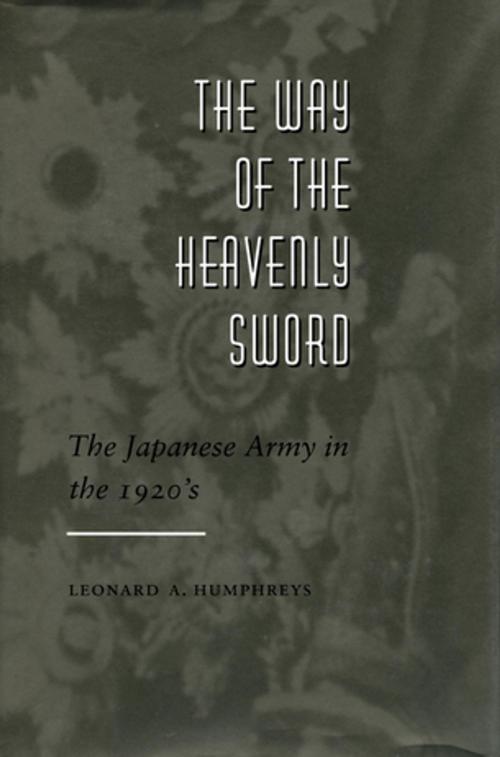| Author: | Leonard A. Humphreys | ISBN: | 9780804765350 |
| Publisher: | Stanford University Press | Publication: | April 1, 1995 |
| Imprint: | Stanford University Press | Language: | English |
| Author: | Leonard A. Humphreys |
| ISBN: | 9780804765350 |
| Publisher: | Stanford University Press |
| Publication: | April 1, 1995 |
| Imprint: | Stanford University Press |
| Language: | English |
This text examines the history of the Japanese army in the 1920s. In this decade, the 'Meija military system' disintegrated and was replaced by a new 'Imperial Army System'. The Japanese victory over Russia in 1905 had changed the direction of Japanese military thought from almost total dependence on western rational military thinking to a more traditional reliance on morale as the preponderant factor for victory in combat. The author focuses on the intense and complex struggle which took place over leadership of the Army, the application of the principle of the primacy of morale, and the quite contradictory but obvious necessity for the army to modernize. This internal turmoil was intensified by a background of increasingly difficult economic circumstances, and the terrible effects of the great earthquake and fire of 1923. This crucial decade of Japanese history set the stage for the shattering events of the 1930s and 1940s.
This text examines the history of the Japanese army in the 1920s. In this decade, the 'Meija military system' disintegrated and was replaced by a new 'Imperial Army System'. The Japanese victory over Russia in 1905 had changed the direction of Japanese military thought from almost total dependence on western rational military thinking to a more traditional reliance on morale as the preponderant factor for victory in combat. The author focuses on the intense and complex struggle which took place over leadership of the Army, the application of the principle of the primacy of morale, and the quite contradictory but obvious necessity for the army to modernize. This internal turmoil was intensified by a background of increasingly difficult economic circumstances, and the terrible effects of the great earthquake and fire of 1923. This crucial decade of Japanese history set the stage for the shattering events of the 1930s and 1940s.















